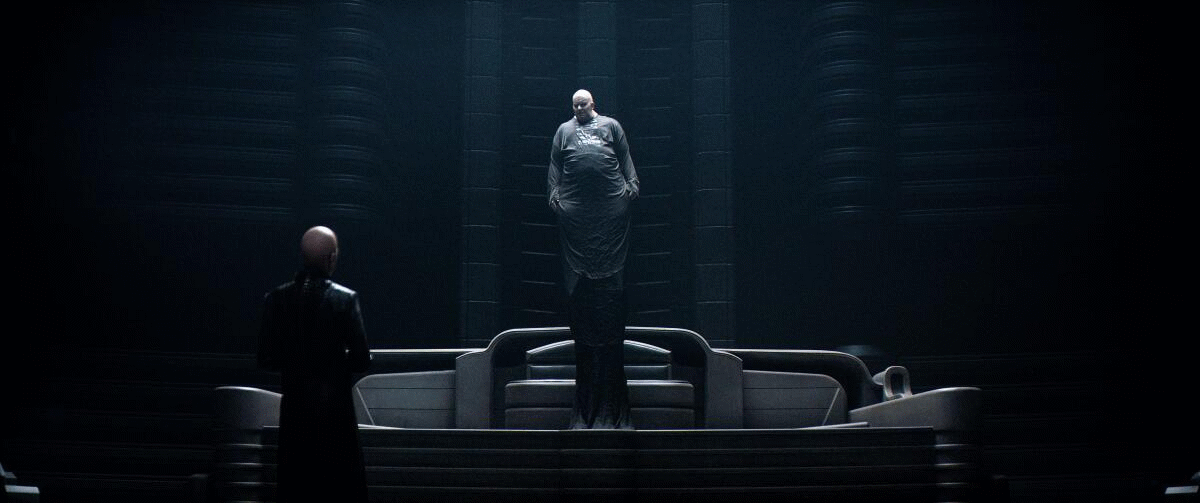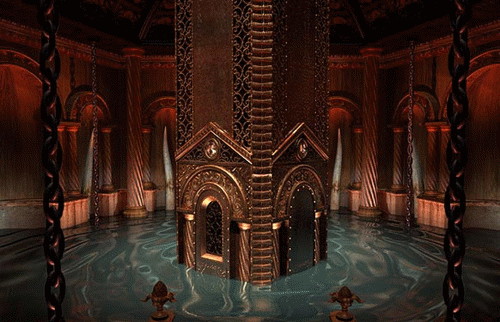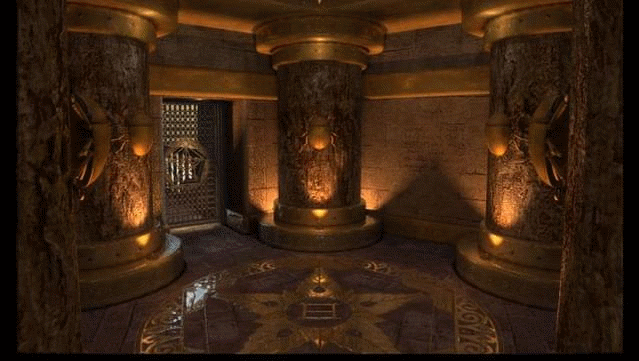DODECAPLEX
(Expand red text for additional info)
The Dodecaplex is a real 4D shape, it has many
peculiar properties
For instance, to generate its 600 vertices you use these permutations:
({0, 0, ±2, ±2})
({±φ, ±φ, ±φ, ±φ−2})
({±1, ±1, ±1, ±√5})
({±φ−1, ±φ−1, ±φ−1, ±φ2})
([0, ±φ−1, ±φ, ±√5])
([0, ±φ−2, ±1, ±φ2])
([±φ−1, ±1, ±φ, ±2])
Where φ is the enigmatic golden ratio.
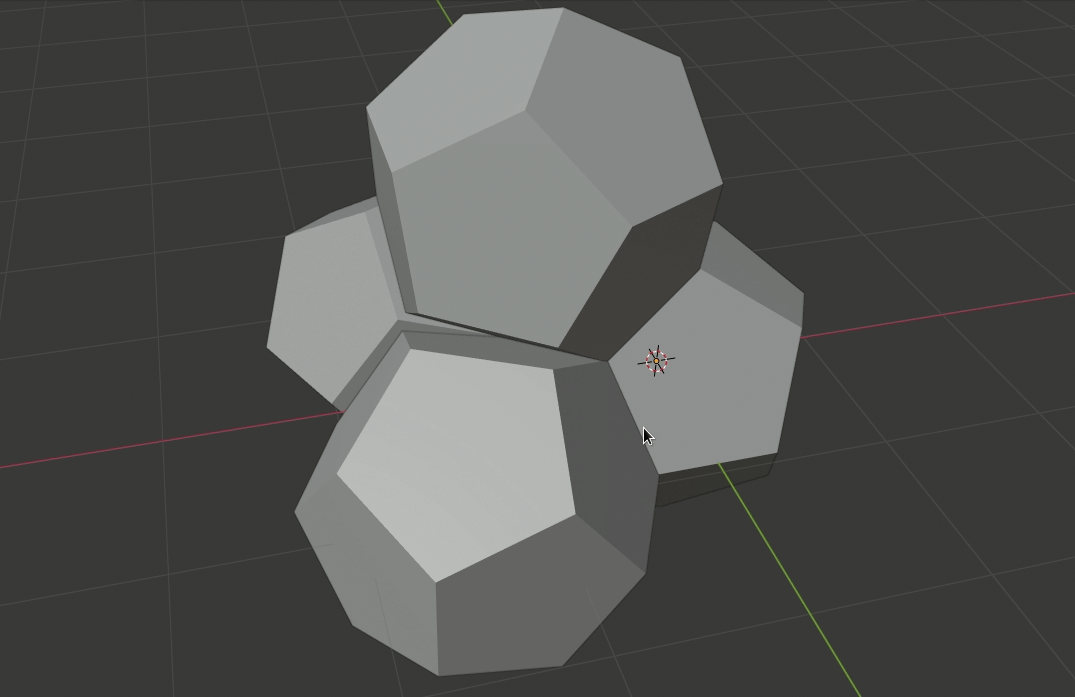
However, you can create the illusion that they tile if you use the dodecaplex's 4D vertices to derived a 3D projection of the shape... This is actually a very subtle projection. (Because there is only a small gap in the gif above). Below is a render from my first working dodecaplex projection ( implemented in C++ using OpenGL )
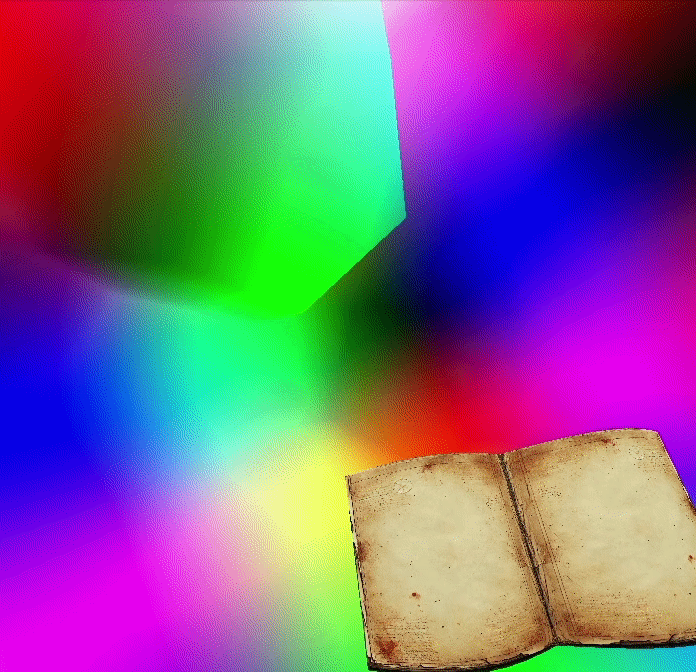
There are many '4D' or 'hyperbolic space' games that are overwhelming and confusing and more of a gimmick. The objective with the Dodecaplex is to create a 4D game that is a bridge between 3D and 4D, one that people can navigate but will only slowly observe strange artifacts of the 4D map they are technically inside of.
These artifacts include things like
'wrapping'
This is a product of 'loops' inside of the dodecaplex that can be visualized in this projection:
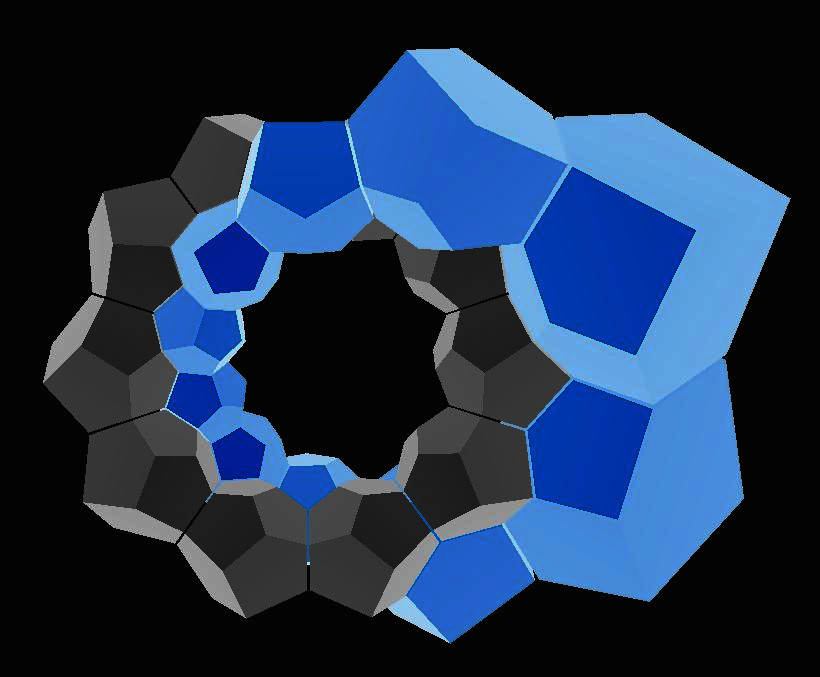

Gameplay Breakdown
MAGIC PUZZLES & OCCULT THEMES
The intended game mechanics are all magic based. You have a book called the Grimoire. It contains a library of Sigils that you flip through that correspond to spells.
Spell Effects Examples:
- Teleportation
- Sight of hidden objects
- Telekenesis
- Illumination of 'Abyss' cells
- Interaction with the environment and demons
- Creation and destruction of new cells
Game Assets and Tests
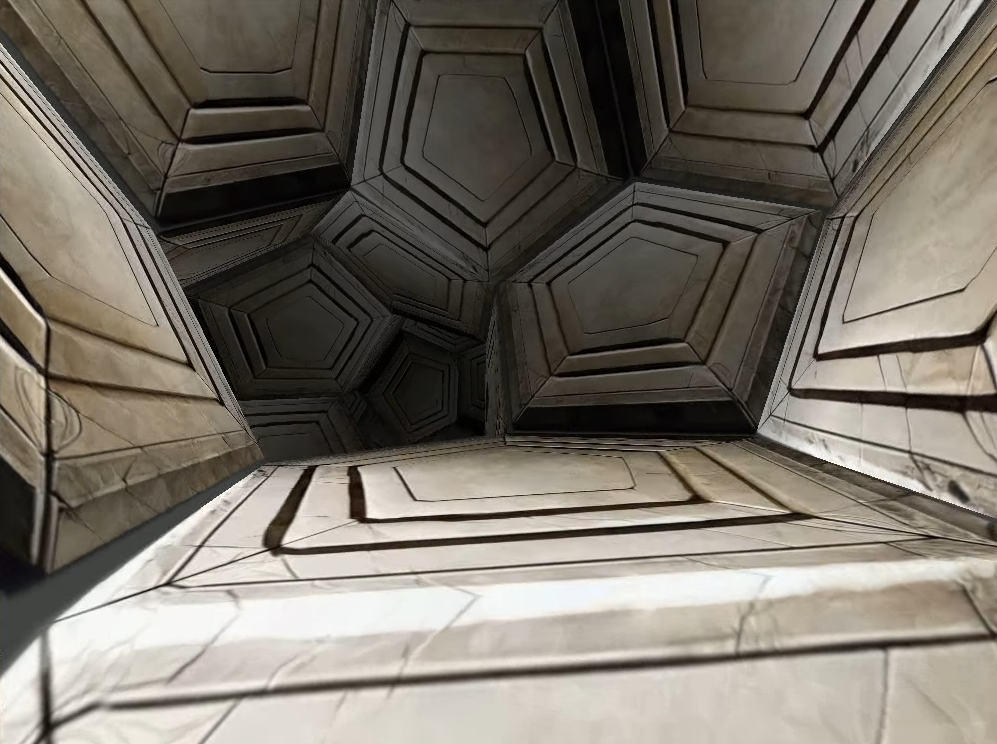
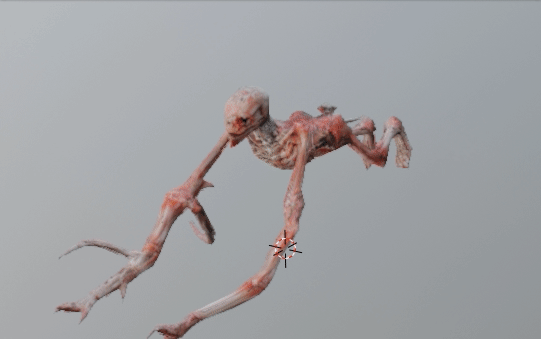
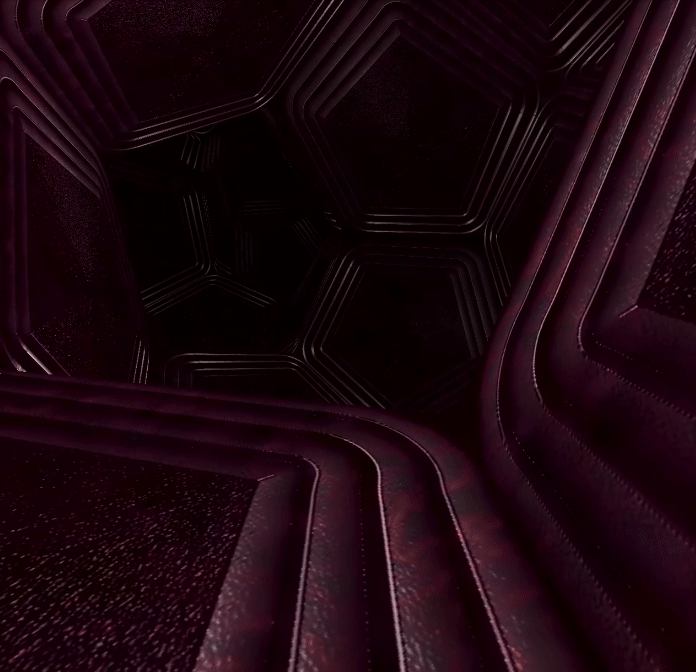
Visual References and Inspirations
The dodecahedron primitives / cells will not be the only geometry in the scene, it will have doors, stairs, and other architectural components inspired by many different religious / magical / science fiction sources such as cathedrals, DUNE, and the MYST games. The dodecaplex also lends itself to generate fascinating cave-like structures.
